72km Eastern Gems
Overview
Sometimes one has to dig a little deeper for the gems, but once uncovered, they are as valuable and beautiful as any of those which are more accessible. This part of east London is a much maligned and unfashionable part of the city, but is also wildly beautiful, no matter what the season. The route passes through the largest of Europe’s new city parks, passes three of London’s most beautiful historical mansions, and comes face-to-face with the earliest human sculpture in Europe. But that is just the half of it; the other half - after a brief ride through the largest housing estate in the world - you are into some of the richest natural habitats in the south of England. It’s a wild land, of fast gravel tracks, huge, empty spaces, where light mixes with willow, where grassland mixes with marsh. It’s remote, it’s beautiful, it’s a great ride out.

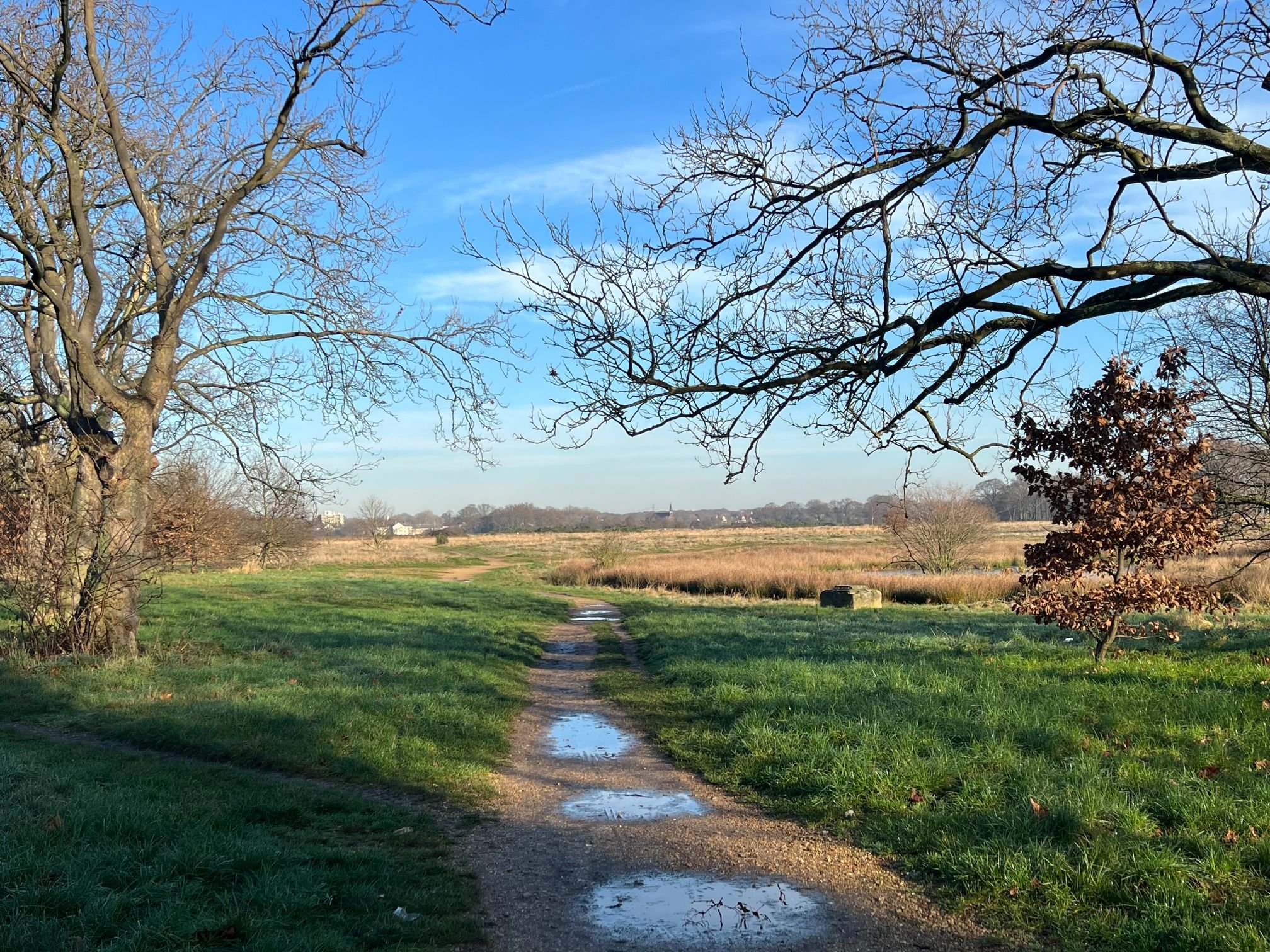

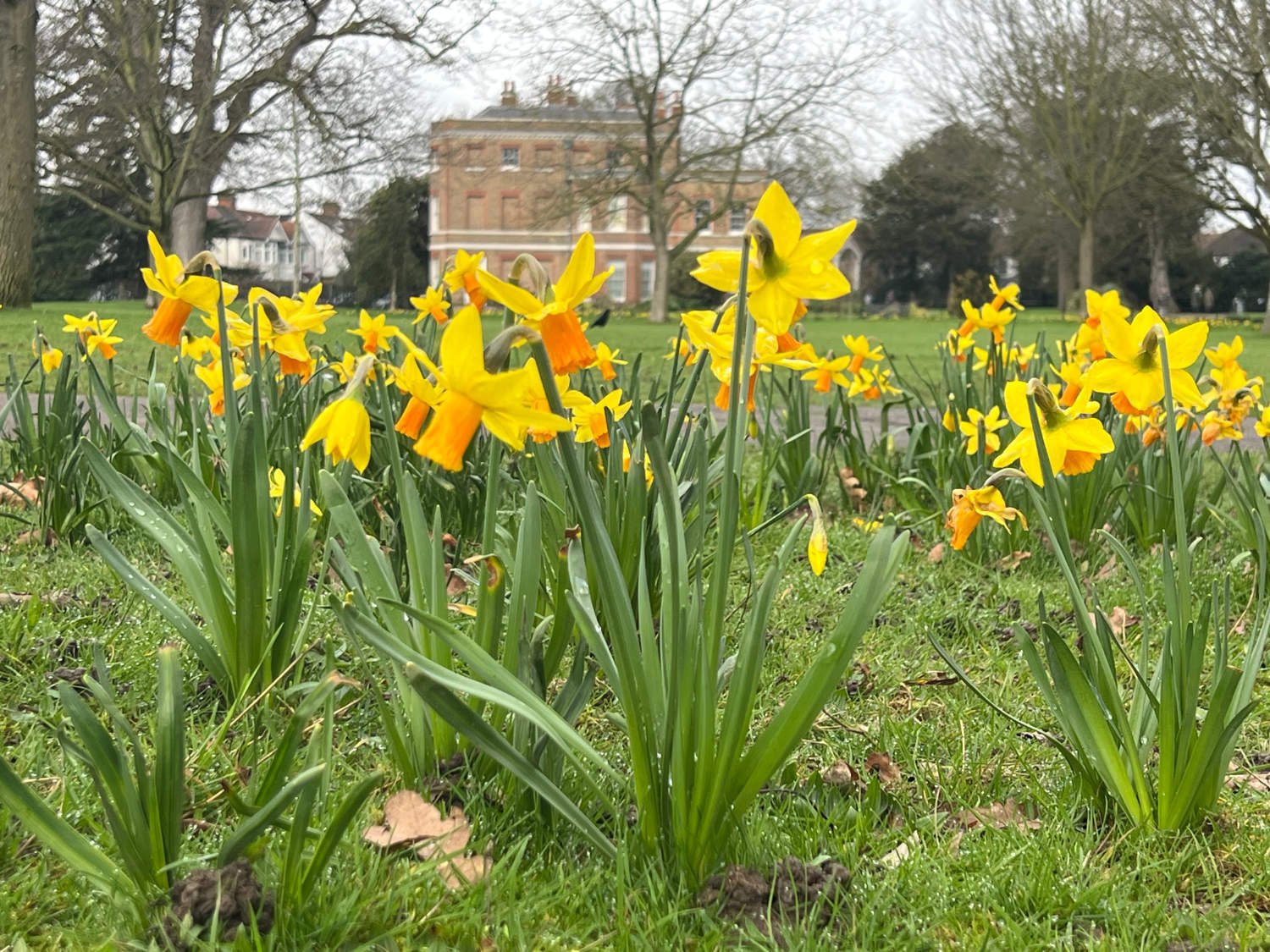
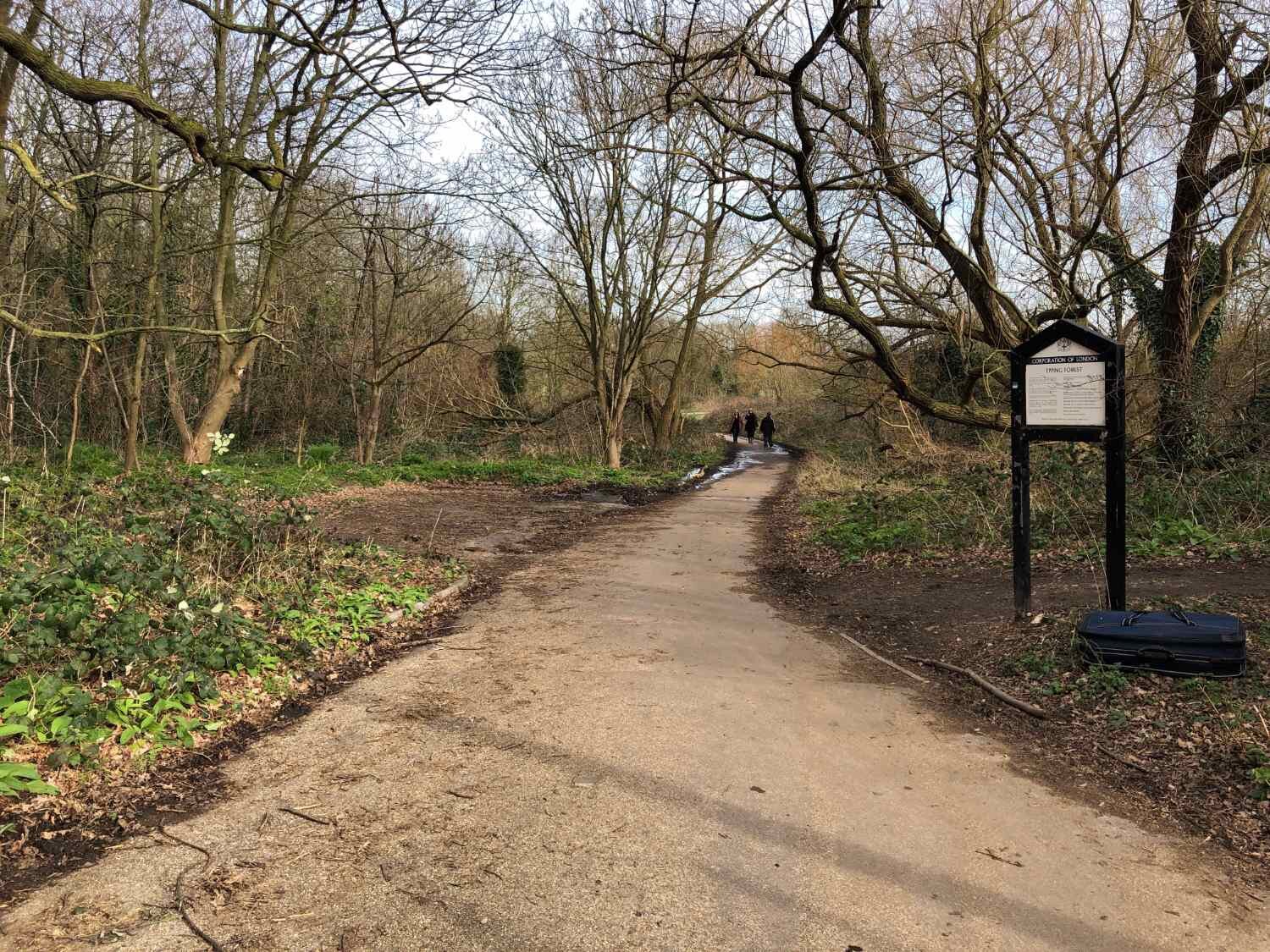


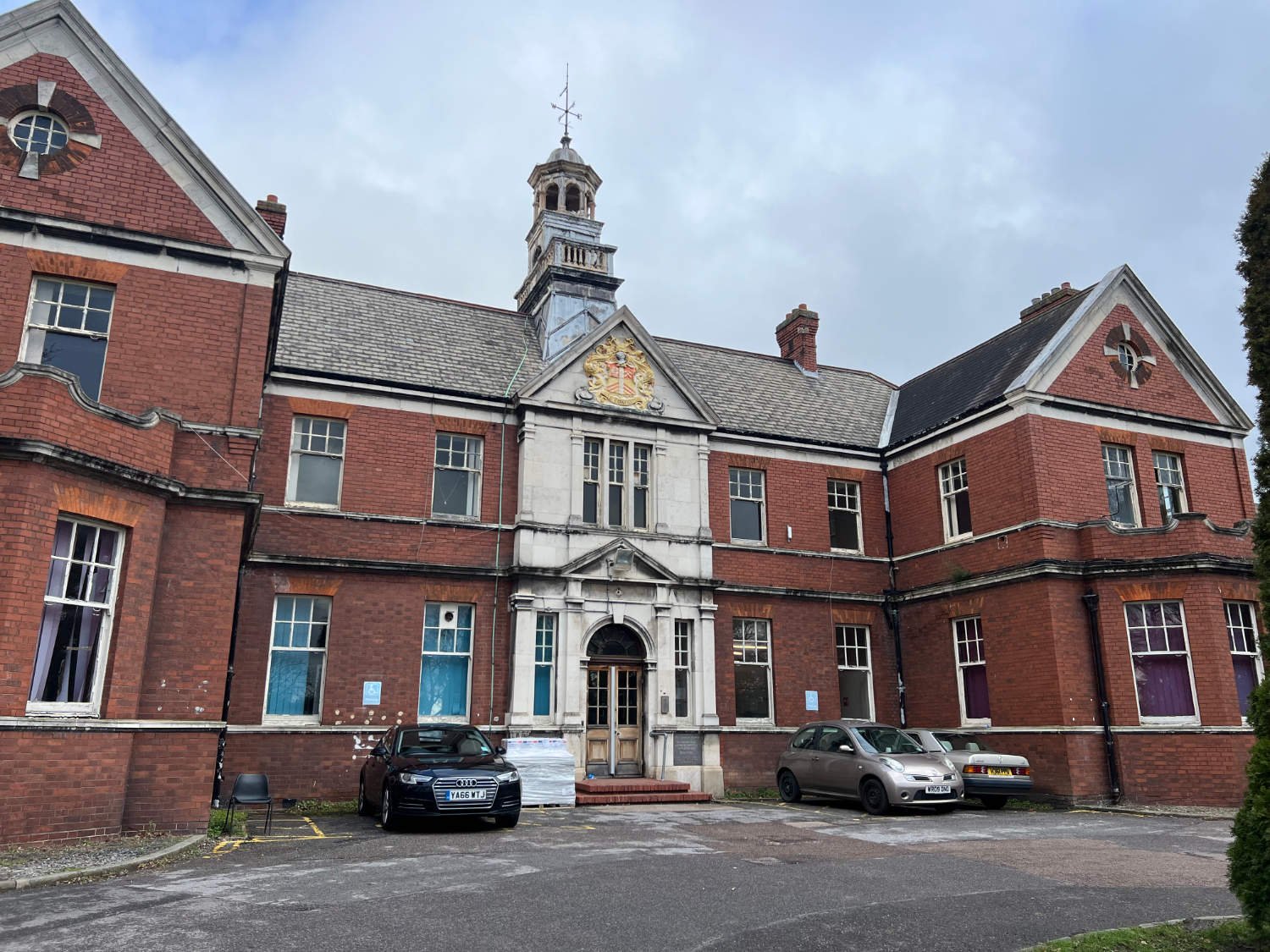

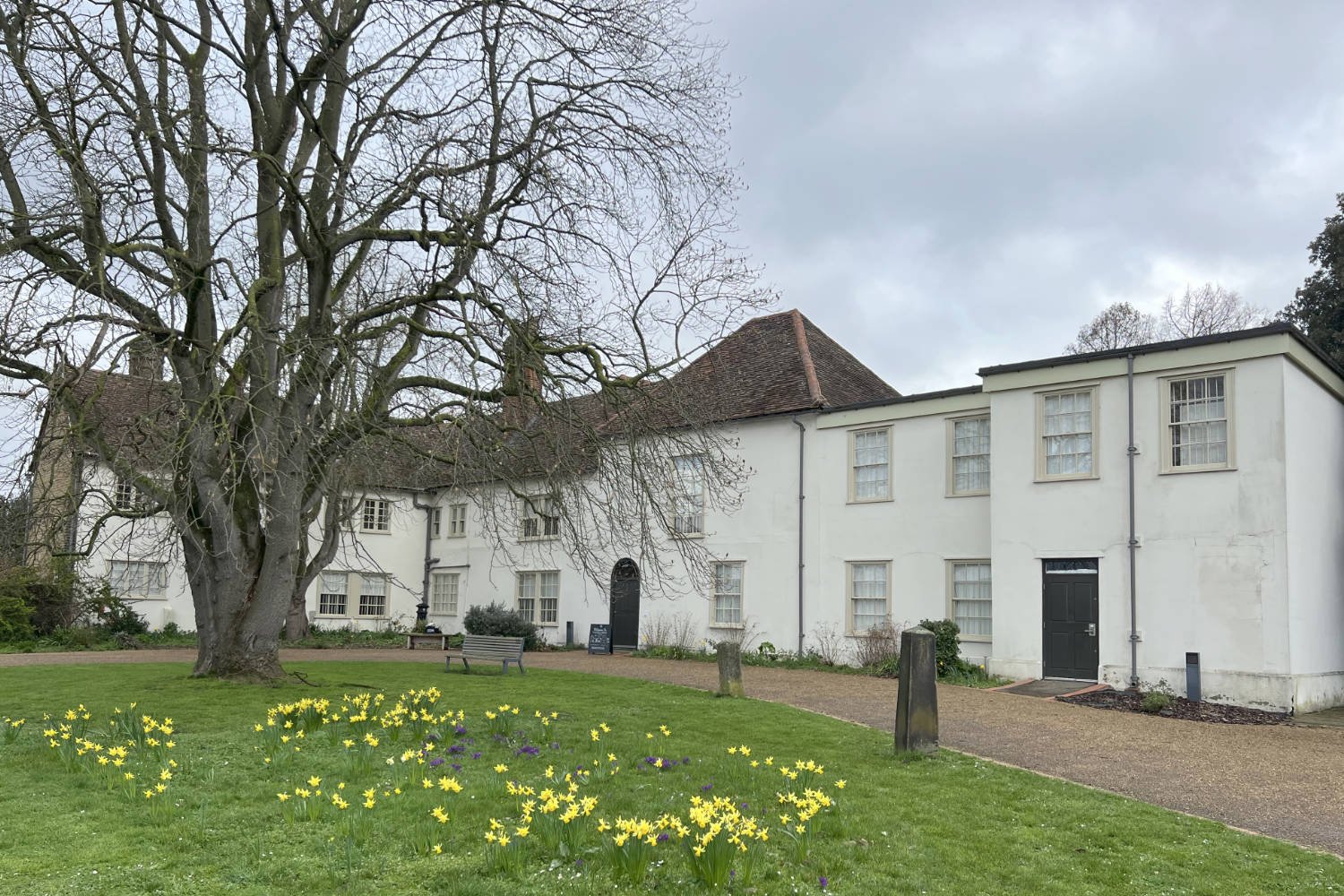


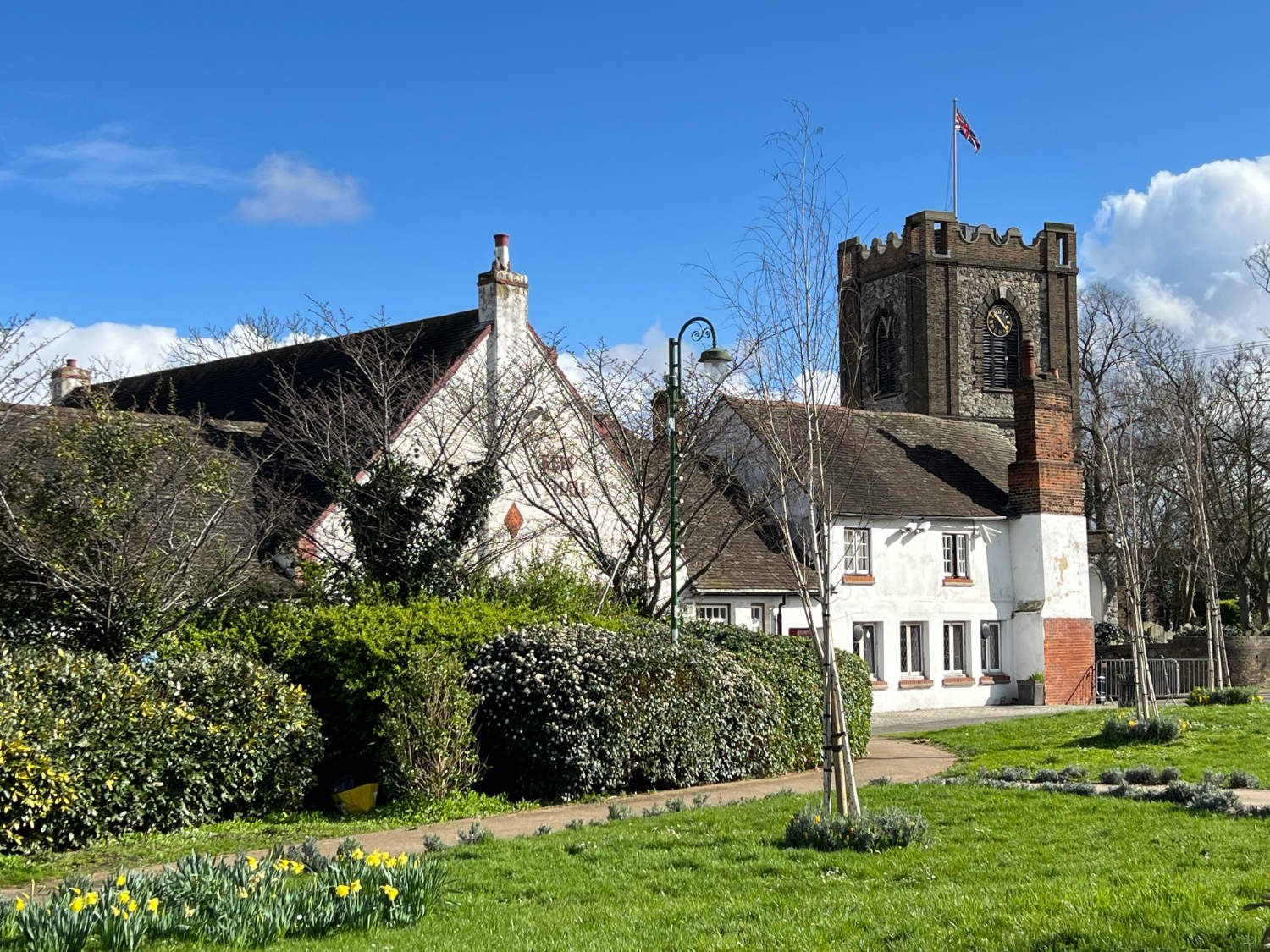
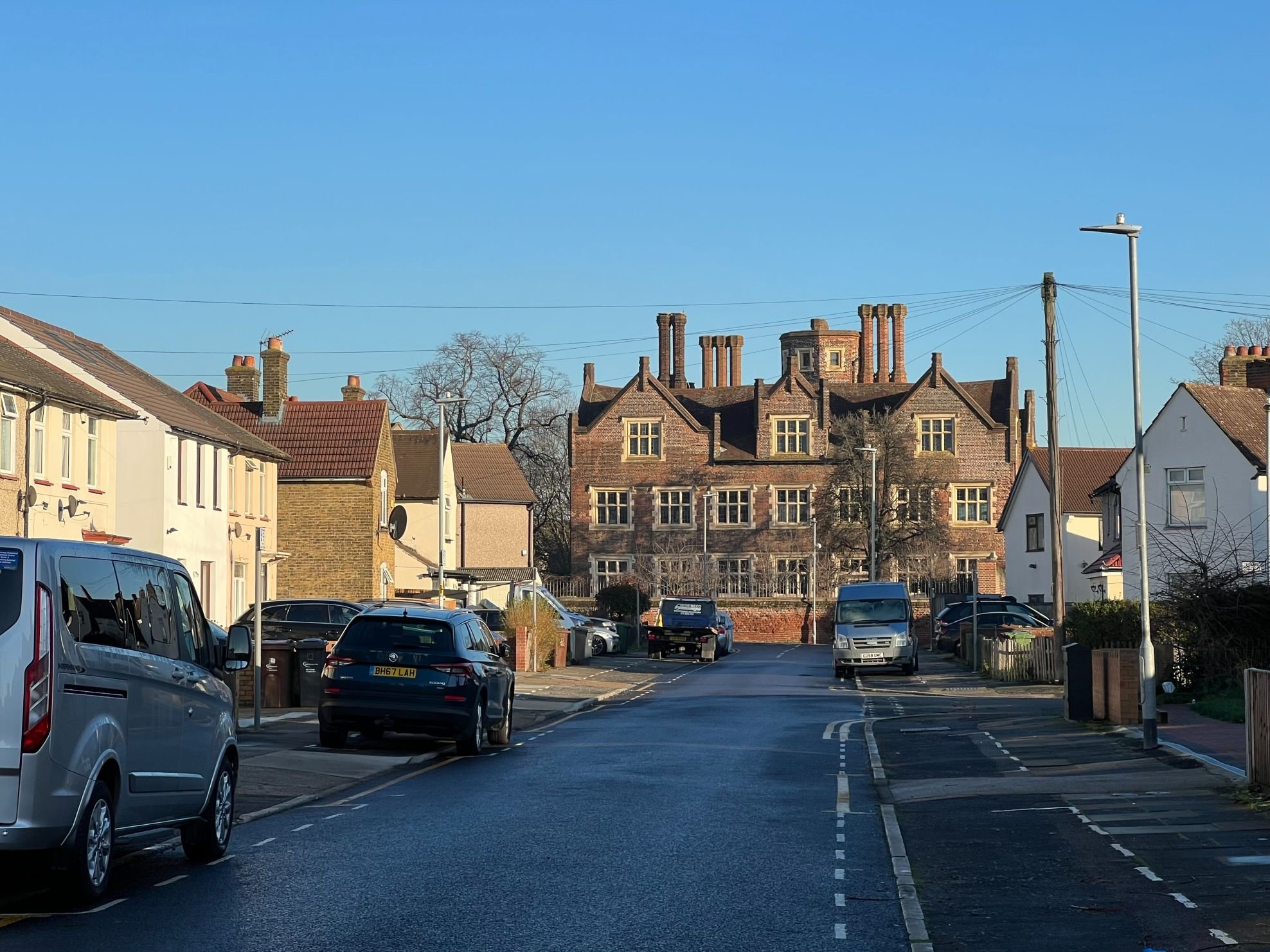
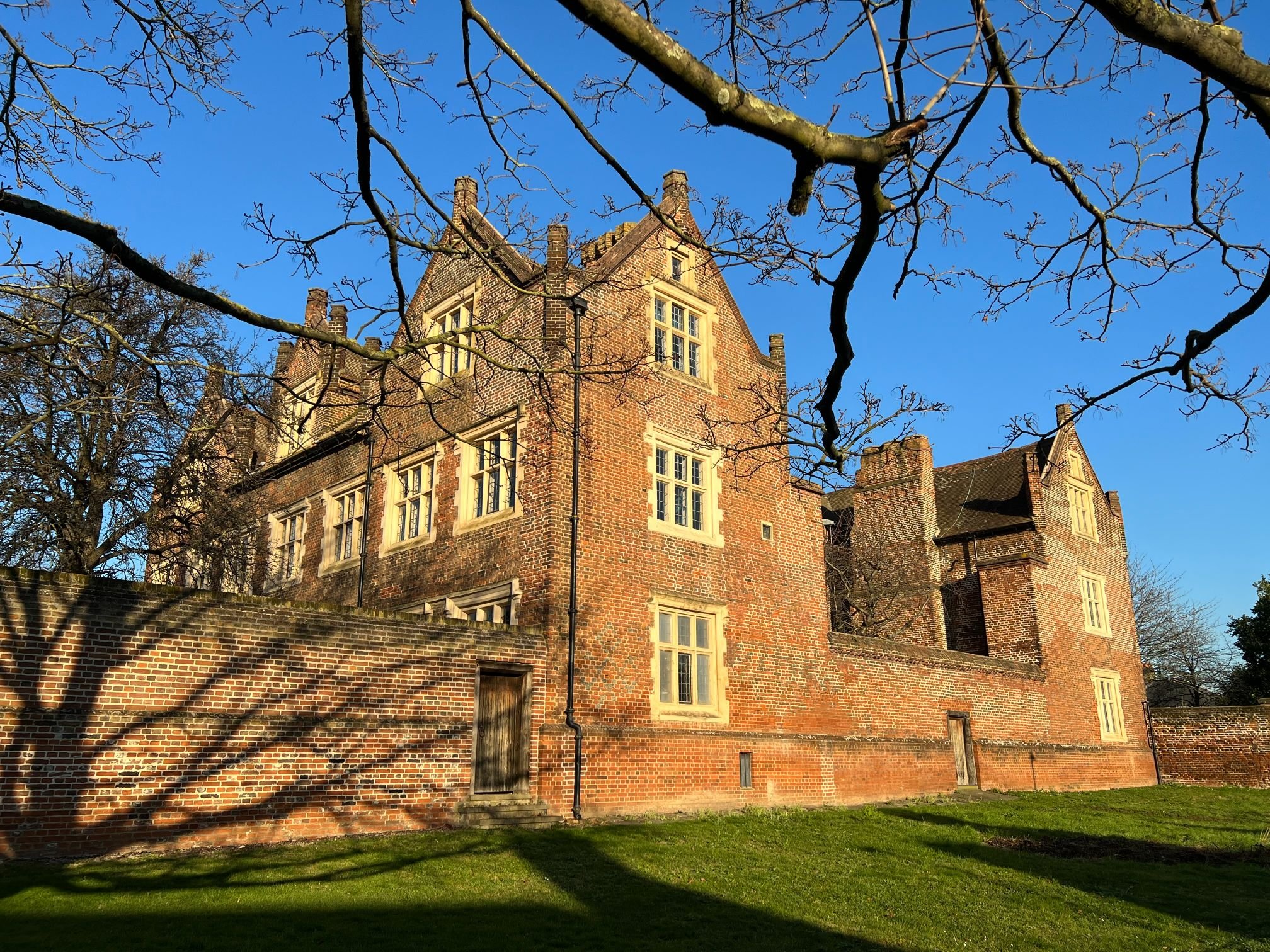

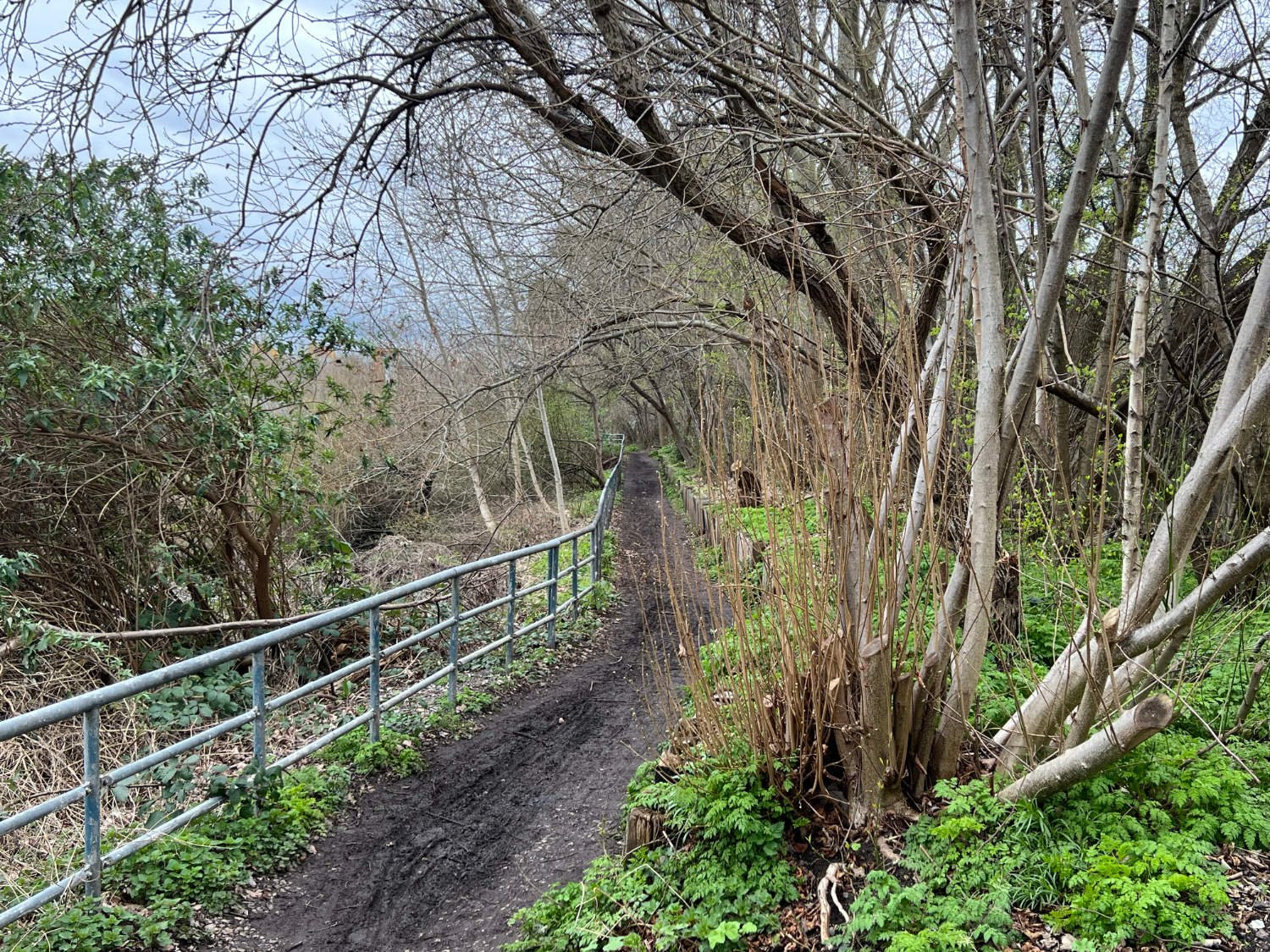


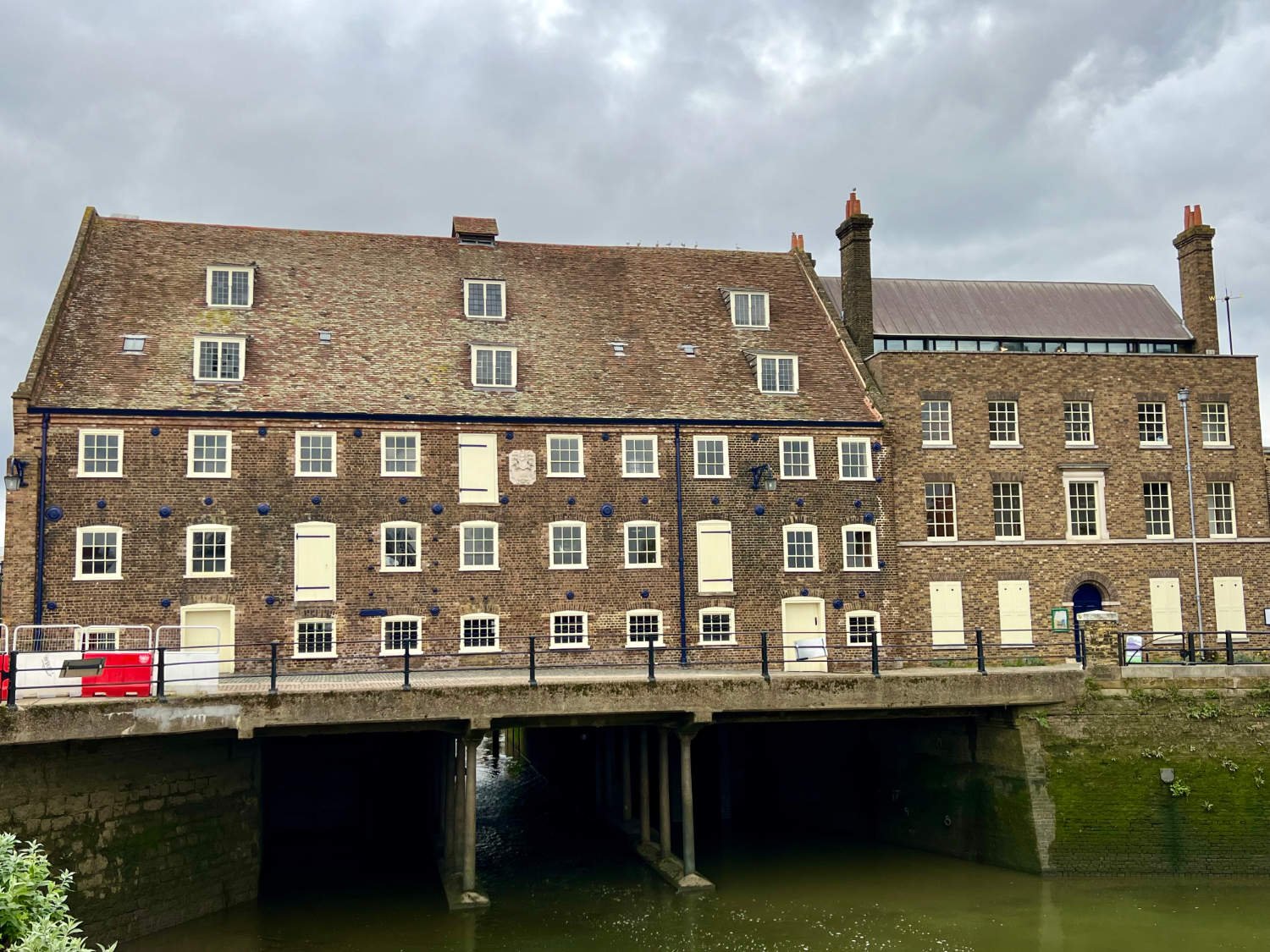
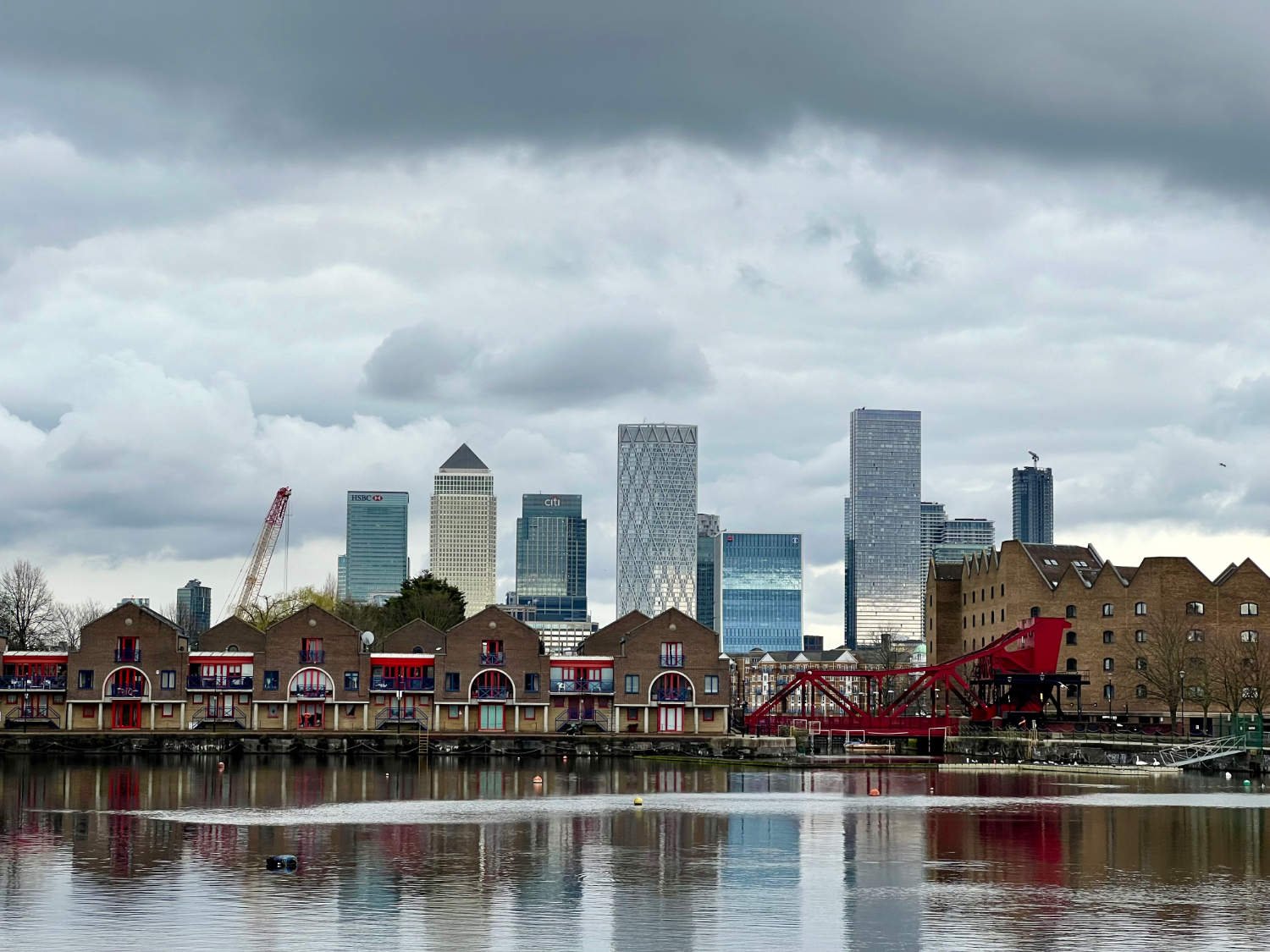
Ride Practicalities
START/FINISH: Stratford station DISTANCE: 58km. TOTAL ASCENT: 237m TERRAIN AND SURFACES: The ride is a mix of gravel paths and quiet suburban roads. FOOD AND DRINK: Timber Lodge Cafe in Queen Elizabeth Olympic Park, Valentine’s Park cafe, Eastbrook Country Park Tearooms. MAINLINE TRAIN SERVICES:Stratford and Barking LINKS TO OTHER RIDES:
A surprising, remote and wildly beautiful ride through a much maligned part of the city
Ride Notes
Begin at Tower Hill and ride up Mile End Road on the segregated cycleway, C2. There’s untold riches along the famous road from the markets, to the oldest Jewish cemetery in the UK, to varied and fabulous architecture. The Queen Elizabeth Olympic Park is next up with its fabulous gardens, wide choice of cafés, winding paths through stunning stadia, and reed bordered rivers. It is one of the great success stories of transforming industrial wasteland into a spectacular urban park. It took more than five years and 80,000 men and women to create the Olympic Park for the 2012 Games. Since the London Olympics, the park has become one of the principle wildlife havens in London; nationally rare birds such as the kingfisher, black redstarts, Cetti's warblers, and peregrine falcons are all found here. There are woods, wildflower meadows and reed beds where the bombardier beetle, which is so rare it was thought to be extinct, can be found. All around the park a whole new town is rising; new homes, a new university, a vast shopping complex, a theatre, art centres, and museums are appearing in a dazzling array of modern architecture.
After riding on the smooth and wide cycle path through the new and gleaming post-Olympic Chobham Estate and a rather drab section of West Ham, you arrive on London’s third largest heath, Wanstead Flats. Here, the city seems very distant. It’s more African prairie than east London. From the Flats’s eastern boundary you ride through streets of prosperous housing and into Valentine’s Park. The magnificent mansion was built in 1696 for Lady Tillotson, the widow of the Archbishop of Canterbury, but has seen many alterations since. Adjoining the house is a wonderful walled garden, filled with heady scent in both winter and summer. The park is a lovely place to drift through on a bicycle, passing its bird-filled ornamental ponds and avenues of trees.
An eye-catching roundabout in Dagenham
In the heart of Ilford, one of the most densely populated of all London Boroughs, there is a tremendous feeling of solitude and remoteness as you ride through Fairlop Waters Country Park. Although there is no evidence today as nature has reclaimed its inheritance, there was an old airfield, which was used in both World Wars and it was an industrial land of gravel pits and associated workings. As you ride out of the park, the landscape becomes truly agricultural with riding stables and fields of crops. It is a reminder that until 1911, just about every piece of land covered by this route was rich farmland.
There’s a short and busy section of the Hainault road, which is unavoidable, but there is a footway along which you could wheel your bike. It’s a minor interlude before the next expanse of green. Despite its royal name, Seven Kings Park has nothing to do with kings. Its name stems from mediaeval English, ‘Sevekyngges; 'settlement of the family or followers of a man called Seofoca’. The cycle path follows the line of the Seven Kings Water, a small meandering river through a mix of scrub and formal municipal parkland. Through trees, the imposing and frankly austere frontage of Goodmayes Hospital glares at passers-by. It was founded as a mental health facility and was where the controversial electric shock therapy was pioneered in the 1930s by Dr James Harvey Cuthbert. Linking Seven Kings with Valence Park, is another short section of busy road with an unprotected cycle lane and again there is a footway if you’d prefer.
It’s worth stopping at the 700 year old Valence house, (voted as one of London’s best 50 free places to visit) as inside is one of London’s greatest and least known treasures. The Dagenham Idol, the oldest known representation of a human in Europe, is a 45 cm piece of carved oak with large haunting eyes, possibly a votive offering.
The route continues past the enormous, 350 year old Holm Oak, listed as one of the Great Trees of London, into Valence Park itself, once part of a grand estate, now a place of venerable lime trees and football pitches. Continue through the park and arrive in ‘heaven with the gates off’.
Eastbury manor
That was how an early resident referred to her new home in the Beacontree estate, having been re-housed away from the East End’s slums. When created in 1921, Beacontree was the world’s largest housing estate. The sheer scale of the project is breathtaking; 28,000 new homes built on requisitioned farmland in cottage style with tree lined roads and grass-verges. All houses had gardens, running water and indoor toilets. They were homes ‘fit for heroes’ - built for those men who had returned from the trenches of the First World War and for the working classes living in the Victorian squalor of inner London. Inside there were, ‘cupboards, the stove and everything’. Prospective tenants were interviewed for their suitability and had to agree to its rules including - ‘that they (the tenants) shall keep the front garden in a neat and cultivated condition, that they shall clean the windows of the premises at least once every week, that they are responsible for the orderly conduct of children on any part of the Estate….’
Since the 1980 Housing Act, tenants have had the right to buy their homes at a reduced price and home owners have been quick to individualise their houses, which has given the estate a less austere feel. As you ride through, you’ll notice walls of brick have been covered in pebbledash or crazy paving, and some have been painted. There are bow windows, corinthian gates with manorial lions perched on top of posts and pargetting.
Heaven has many faces in East London. After a few kilometres of the Becontree estate the route enters Eastbrook Country Park, where the solitude is immense. It is hard to believe that you are in London. Remote and devoid of industry and homes, it's a paradise of colour and rare wildlife. In winter, the oranges, browns and blues are intense, in summer the greens of the trees and the blues of the lakes are rich and luscious. You’ll often have the paths to yourself and it’s worth deviating from the route, to ride the park’s many paths. Look out for the kingfishers darting across the lakes or the marsh harrier passing over a reed bed.
Barking harbour and docks - once home to the largest fishing fleet in Europe
As you enter The Chase you’ll see a London similar to that enjoyed by the long dead neolithic man with his hand-carved votive offering; a wilderness of marsh, acid grasslands and willow woodlands. Before he came hunting here, the land was already ancient. Woolly mammoths, straight tusked elephants and even hippos were known to pass across it and there’s even evidence that Homo Erectus and Homo Neanderthalensis (or ‘Neanderthals’) roamed across this landscape. For centuries deer and boar were chased and in the last hundred years or so, gravel was extracted. But there are no mammoths nor Neanderthals to meet today. Instead, some of the 200 species of birds who call this home, sing lustily from the trees. In summer, skylarks, cuckoos and corn buntings return each year from Africa to one of south east England’s best nature reserves.
From the park, there’s a short diversion into the very heart of Dagenham. Popular visions of the sprawling town probably don’t include a 15th century pub, an even older church set beside a village green in the quintessential English country style. Once you have got over the incongruity as well as the prettiness of the scene, the route returns to the wild grasslands, scrub and woods of Beam Parklands.
The riding is wonderful; firmly packed gravel paths in open country. There are lakes and a river to enjoy, as well as remnants of the second world war including tank traps and pill boxes which are slowly being consumed by brambles. The parkland is rich in nature having been largely untouched and unmanaged throughout the 20th century, largely because of a smallpox isolation hospital located at its centre. Not only is the park one of the most important wildlife centres in southern England, but it plays a vital part in flood defence. The park is capable of storing up to 450,000m3 of water - the equivalent of 180 Olympic sized swimming pools. Holding water and releasing it slowly into the Thames helps to protect local businesses, homes and industry from flooding.
Barking Abbey
On exiting the park, the route continues on a cycle path for the next 5km, which is of little scenic merit, but is of great industrial importance. You pass the Ford Motor plant, which in its time has produced over 10 million cars, and now assembles over 1.4 million engines a year. For most of the twentieth century, this land was home to heavy industry as well as the largest coal fired power station in Europe. All has been dismantled and the whole area is now being transformed into nature reserves and a massive new housing development which will have more than 100,000 new homes.
In Barking Riverside, the name for the new town, you pick up TfL’s C42 cycleway and ride on a plush and perfect path. My route detours briefly from the cycleway, across a railway bridge, (over which the bike must be hauled), to visit another great surprise.
The manor of Eastbury sits, as all great houses do, in the middle of a grand estate. However, this is no great parkland of deer and gnarled oak trees, but another of east London’s massive inter-war housing estates. The juxtaposition of a 1573 Tudor manor house encircled by council housing is eye-popping. Legend states that in 1605, a letter was delivered to Lord Monteagle who was living here, revealing the existence of a plot to blow up King James 1 and Parliament. Monteagle duly alerted the king and the great plan of Guido Fawkes and his fellow conspirators was rumbled.
Back on the C42 the route continues into Barking and passes through the grounds of the former Royal monastery of Barking Abbey, once one of England’s richest nunneries. Across the road from the abbey, are the docks of the River Roding, which in the 19th century were home to the biggest fishing fleet in the world. The ride could finish at Barking station, or be made into a loop, riding back along the traffic-free Greenway back to Stratford.
The last section takes you along the Northern Outflow, before cutting down to Abbey Mills and the river Lea. Thereafter, it’s a short pedal along the Limehouse cut canal to Limehouse Basin. From here, follow C3 back to Tower Hill.
Every route on this website has been carefully researched as well as ridden. However situations on the ground can change quickly. If you know of changes to this route, or cafes, pubs and the like which you think other cyclists need to know about, feel free to share your thoughts below.
If you enjoyed this guide, why not subscribe to the website so as not to miss other inspirational routes?
wheremywheelsgo.uk is a Feedspot UK Cycling top website




